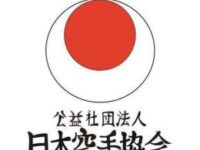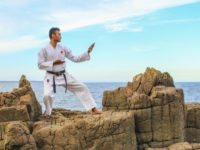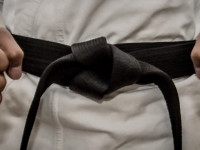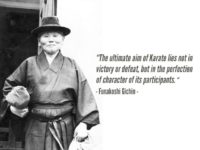A Brief History of the Japan Karate Association Originally, the martial art Te (“Hand”) developed in Okinawa as a system of self-defence. Due to Okinawa’s frequent contact and exchange with China, it is certain that the Okinawan martial art was influenced by Chinese kempo at some point during its development. However, with only oral tradition…
Learn more
JKA History






